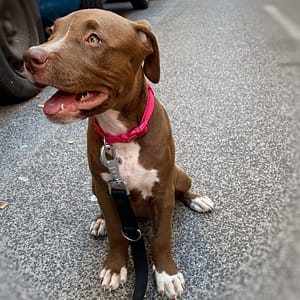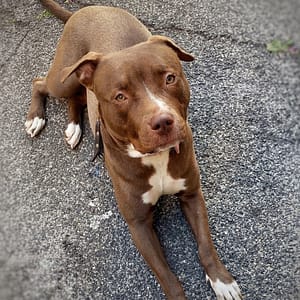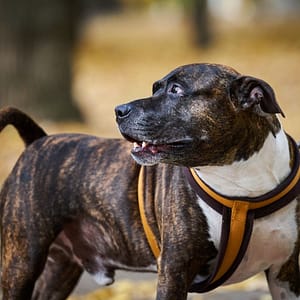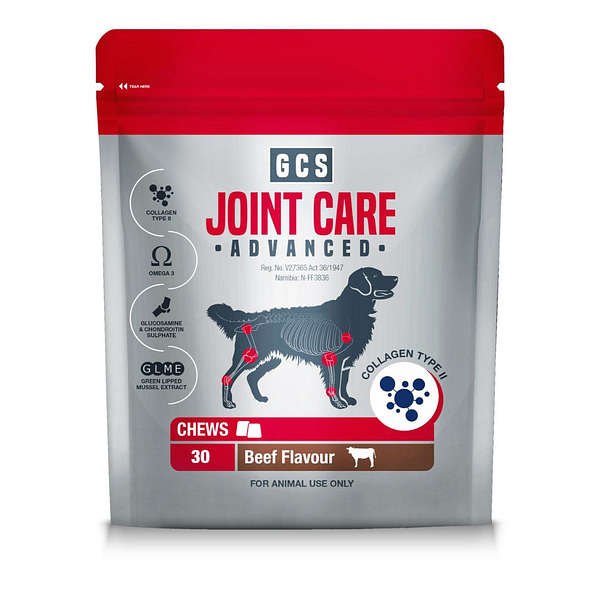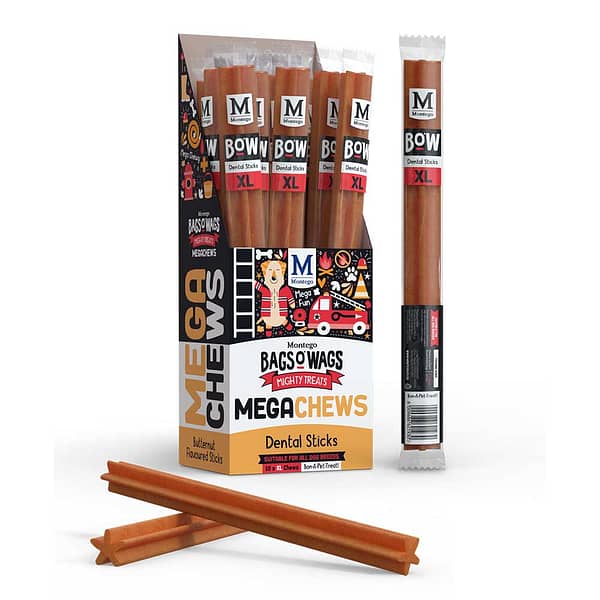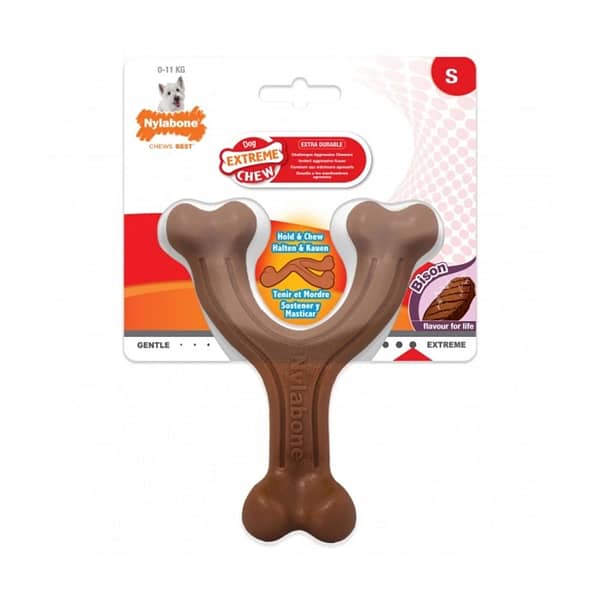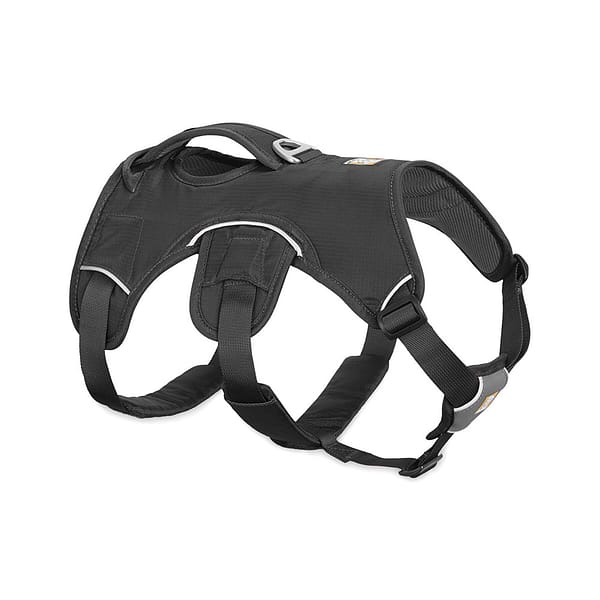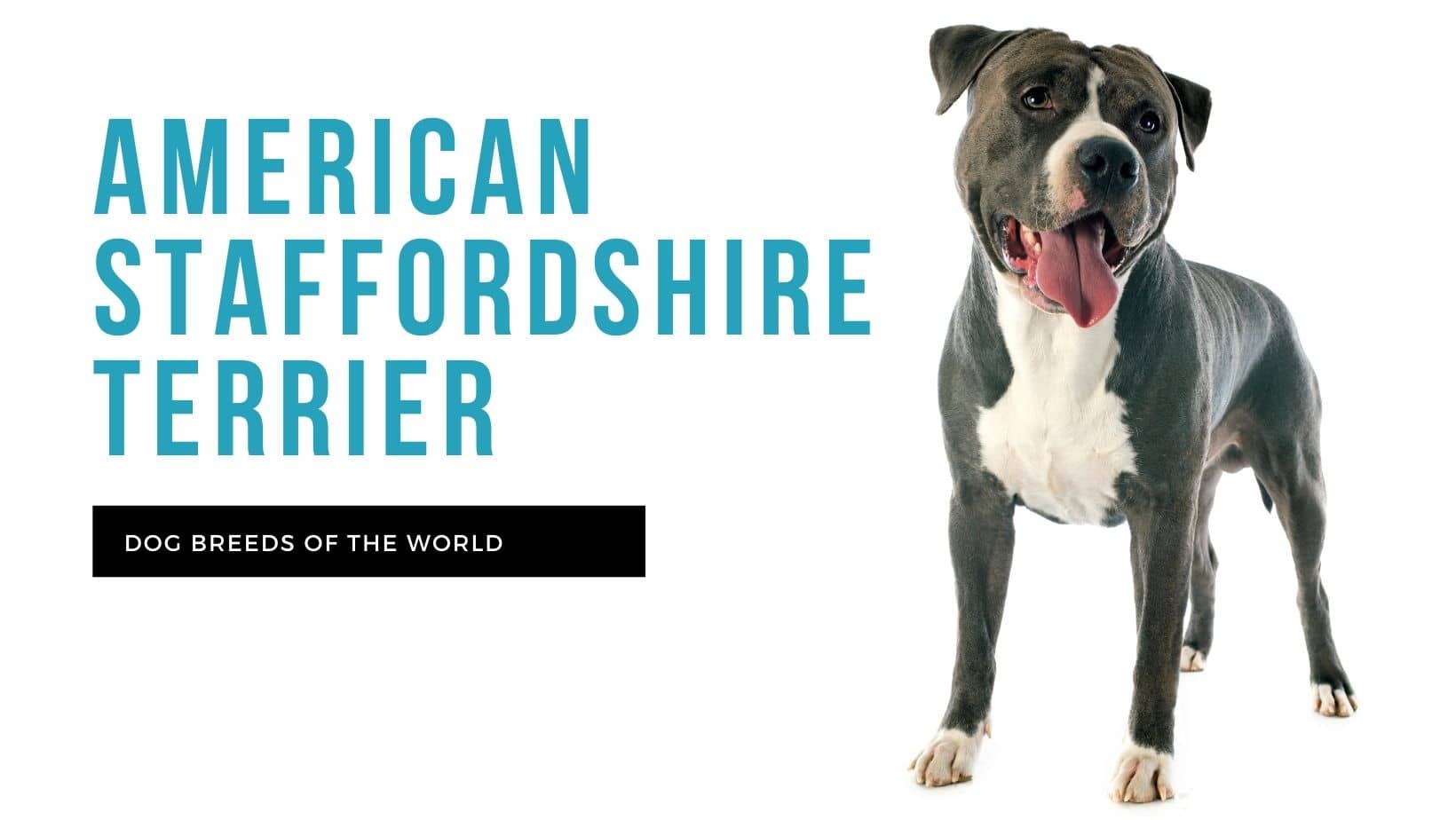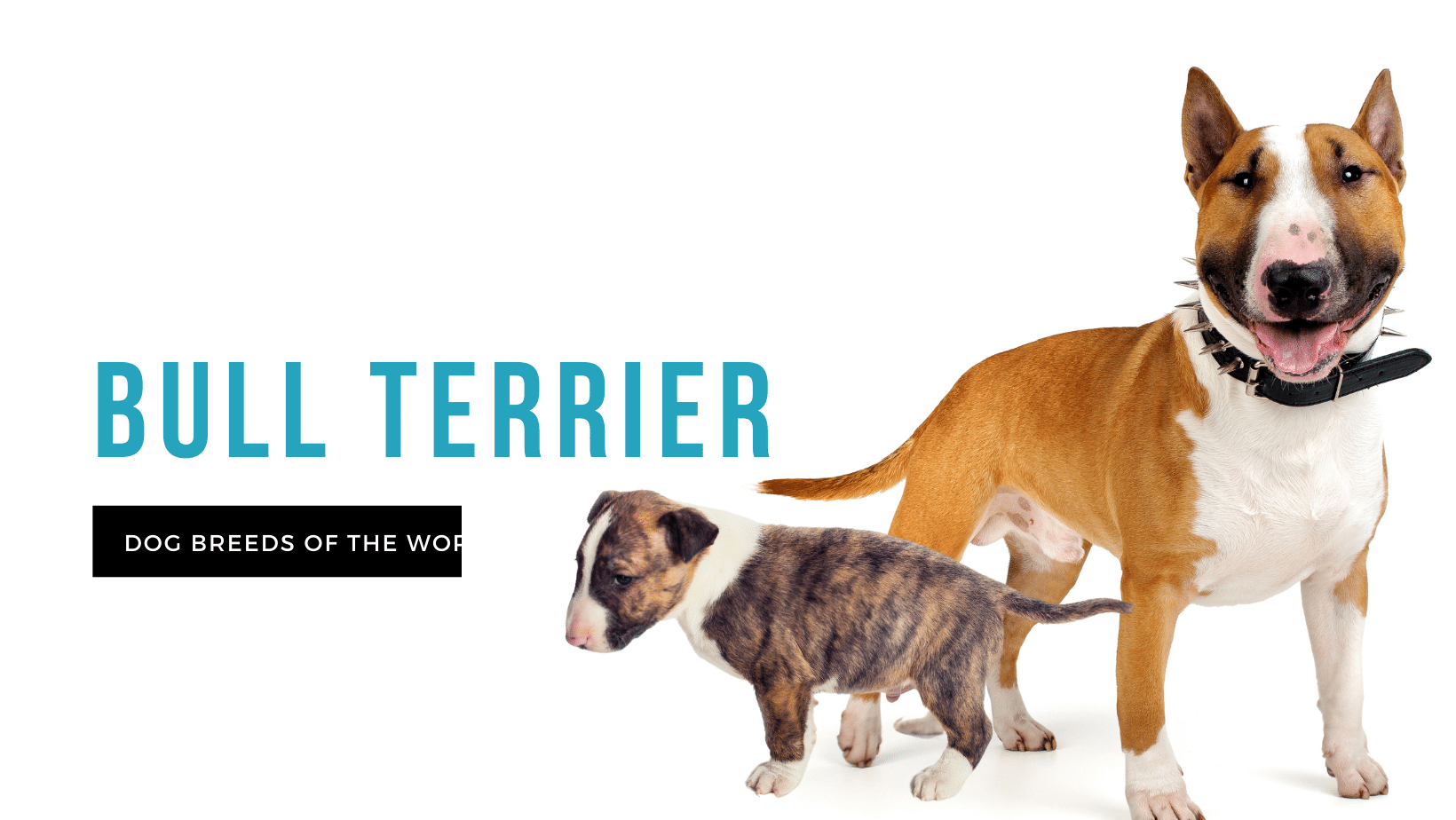
The American pitbull terrier is, contrary to his reputation, a friendly, affectionate family-oriented dog. He is not officially recognised by the Kennel Union of South Africa (KUSA), which makes it difficult to track breed integrity, and prospective owners should be extremely wary of people selling puppies online they claim are ‘purebred’ and ‘registered’.
The American pitbull terrier (APBT) is classified as a medium sized, solid-structured dog whose intelligence is matched only by his stubbornness. He needs a firm handler with experience in obedience training to guide this dog’s confidence into constructive behaviour. The well-bred, well-raised APBT is child friendly, but it’s advisable to never leave any child alone with any dog, and always teach children how to treat dogs with respect and care.
History
The mere mention of the ‘pitbull’ name is loaded with controversy. This hinges on the fact that ‘pitbull’ is not a breed within itself, but is the name given to a range of what have been labelled ‘power breeds’ like the American pitbull terrier, American bulldog, American Staffordshire terrier and, to a lesser degree, the Staffordshire terrier.
So where does the name ‘pitbull’ come from?
In England in the 1800s, the Old English bulldog was a breed used in the blood sport of bull baiting, in which a bull was staked in a ring and the dogs were encouraged to bring the bull down by the nose. Bets were placed on which dog would take down the bull. In 1835, anti-cruelty laws in the UK put a stop to public bull baiting, so the activity was taken underground. Since it was nearly impossible to conceal such a large spectacle, bull baiting gave way to rat baiting and dog fighting. The Old English bulldog was ferocious but slow in the smaller fighting ring, so he was bred with the black-and-tan terrier and the Old English terrier to create a dog that was strong and fearless like the Old English bulldog, but fast and tenacious like the terrier. Enter the bull-and-terrier breeds.
Unfortunately, the fighting pits they were bred for also crept into the colloquial name ‘pitbull’, which is why many people cannot separate the dog from its history… and even more unfortunately is that there is still a part of society that doesn’t want to.
Bull-and-terrier breeds were the ancestors of today’s modern breeds like the bull terrier, Staffordshire terrier, American Staffordshire terrier (Amstaff), American bulldog (who bears a very close resemblance to the Old English bulldog) and the American pitbull terrier (APBT). Bull-and-terrier breeds arrived in the USA in the late 1800s where they were still used for dog fighting. Because the American Kennel Club (AKC) did not want to be negatively associated with blood sports, they refused to recognise the American pitbull terrier in their breed register, but in 1898, the United Kennel Club (UKC) did.
In the early 1900s, the APBT was used as a farm dog to perform herding, hunting and droving tasks, as well as being a family companion. He was still used as a pit fighting dog until the activity was outlawed in America in 1976. In modern times, the APBT is still associated with illegal activities and gang association in North and South America and in South Africa, despite anti-cruelty organisations and rescue and adoption groups working hard to break the stigma. It is illegal to own pitbull-looking breeds in the UK.
Temperament
Fear and a lack of information have given the American pit bull terrier (and ‘pitbull’ breeds in general) a bad rap. The APBT is a strong, courageous, affectionate and gentle dog that is utterly devoted to his family. Given the time, attention and training necessary for him to become a well-rounded dog, he can grow into the ideal furry family member who will greet people at the door with a very waggy tail. He is characterised by an intense
joie de vivre and thrives on positive feedback from his humans. Since he loves people in general, the APBT does not make a good guard dog.
With pit fighting in his ancestral history, the APBT still has dog aggression in his very DNA, which may manifest naturally if he is not thoroughly and consistently socialised from a very early age. A properly socialised and trained APBT won’t attack a human.
Health
The American pitbull terrier is a generally healthy dog, but the breed is susceptible to certain conditions such as:
- Parvovirus – APBTs are more prone to getting parvo if they are not vaccinated.
- Hip dysplasia – APBTs have a high incidence of hip dysplasia as well as other orthopaedic problems like patellar luxation.
- Hypothyroidism – This occurs when the thyroid functions less than optimally and may lead to any number of symptoms such as weight gain, hair loss, lethargy and reproductive problems. It can be managed with daily medication.
- Congenital heart problems – These can include aortic stenosis (narrowing of the aorta) and any other heart disease the dog is born with.
Allergies – From food allergies to contact allergies, environmental and inhalant allergies, the APBT is quite prone to allergic reaction.
Exercise Requirements
The APBT is a high-intensity, high-energy and intelligent dog who needs to be physically and mentally stimulated every day. He aims to please, which – combined with his intelligence – makes him relatively easy to train, but this training must be reinforced and maintained throughout his life. He needs a strong, confident leader who will spend a large amount of time and energy training and guiding him to be the best furry family member he can be.
The APBT puppy must be socialised from an early age and in as many different situations with as many different people and other dogs as possible. The APBT who is not socialised is very likely to be dog aggressive. He needs to learn that other dogs do not pose a threat to him.
The APBT is a great candidate for obedience training, which will help to build a strong foundation for any other dog activities you wish to do with him such as weight-pulling, agility trials, and even just playtime in the backyard.
This breed wants to be involved in everything going on around him, so confining him to being an outside dog will damage his confidence. He should not be left alone for hours on end, but rather he must have at least an hour of playtime and exercise per day, and be around his people the rest of the time. He needs a secure yard with an impenetrable fence, and if you do walk him in public, it must always be on a leash. Allowing your dog to roam freely is highly irresponsible and contravenes municipal bylaws.
Grooming Requirements
The APBT has a short, shiny and stiff coat that is very easy to groom and keep clean. A weekly or twice-weekly going-over with a grooming glove or a short-bristled brush will ensure his coat stays in tip-top condition. He only needs the occasional bath.
Brush his teeth a few times a week to ensure his teeth stay healthy, and trim his nails once or twice a month to keep his feet in good condition. If you can hear his nails clicking on the floor, they are too long. Check his ears for any redness or odour, which will indicate an ear infection, and speak to your vet about cleaning and maintaining your dog’s ear health.
Ratings
Friendliness to other pets
Friendliness to strangers
Behaviour towards children
Statistics
| Size |
Large |
| Type |
Unrecognised |
| Average adult weight |
15-30 kg |
| Average adult height |
45-53 cm |
| Average life span |
13 years |
| Breed family |
|
| Area of origin |
USA |
Gallery
Product suggestions
Similar breeds


